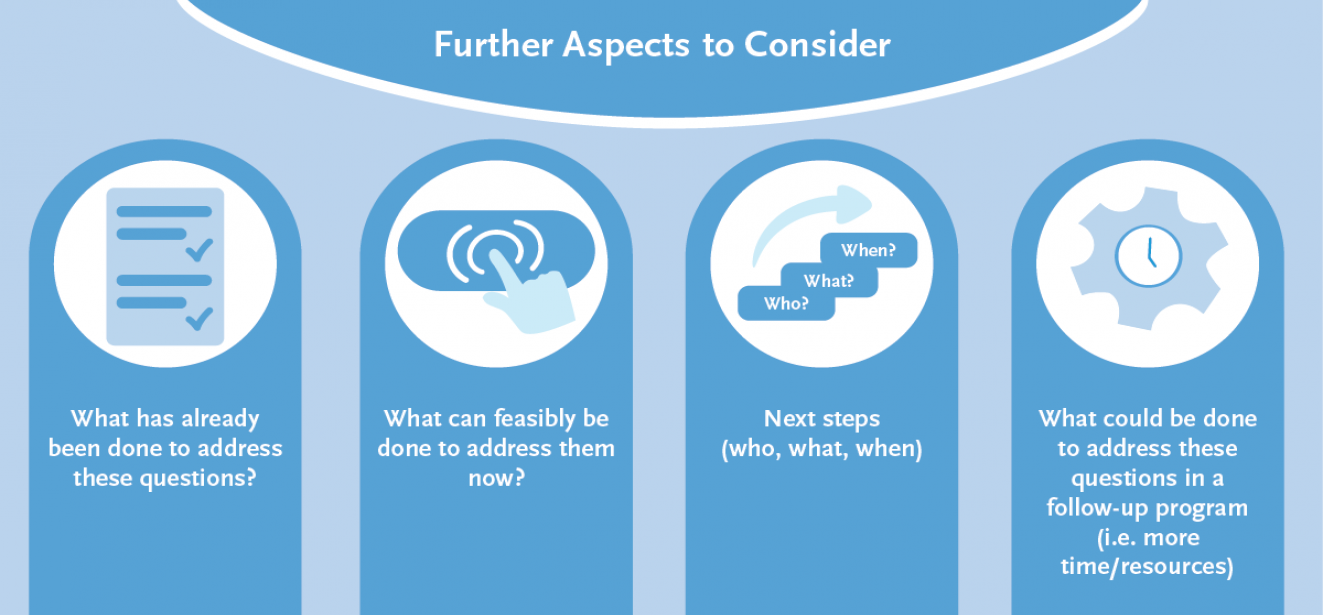Anticipation
What do we mean by Anticipation and why is it helpful?
Thinking about desirable and undesirable futures. Asking the 'what if' questions.
Getting started with Anticipation
Start by sitting down and working through the self-reflection questions below. Certain questions may require further exploration. This may be in the sense of linking in with other dimensions (see below) or through the use of tools and processes to address any issues that the reflection has surfaced.
Potential questions to ask
- What beneficial project impacts are likely and possible?
- What negative project impacts are likely and possible?
- What are potential strategies for preventing or mitigating negative impacts for the public or environment?
- What kinds of development pathways do intended research outcomes support or prevent (i.e. disrupt)?
How these questions can be addressed
- Define desirable societal impacts and outcomes (social, environmental, ethical, and economic)
- Identify problematic societal impacts and outcomes
- Assess risks of research and innovation and consider potentially unintended and unknown consequences
- Identify alternative routes to beneficial impacts and outcomes
Further aspects to consider are presented below.

Potential methods and tools to engage with this dimension |
|
Linking into different dimensions and next steps
Each dimension is not a separate area to work through as a tick-box process. Instead, they should all flow into each other. Working through each of the dimension's self-reflection questions will help you think about the connections you may have missed.
An example of linking anticipation into a different dimension.
When considering the positive and negative impacts of your programs and innovation, one question that could arise may be “What could be the unintended consequences on Māori?" Then you may think that maybe you should not be the one to answer this question. This would then lead you onto the dimension of inclusion, and to start thinking about involving diverse stakeholders and knowledge.
Explore other dimensions

